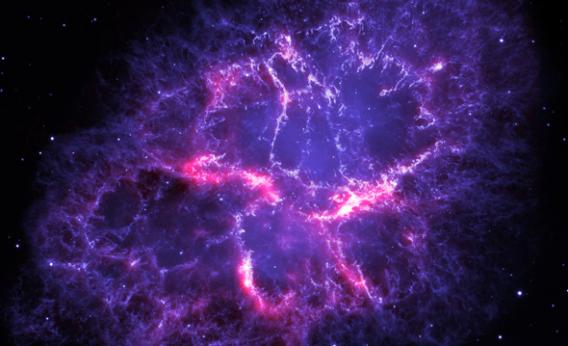Create a free profile to get unlimited access to exclusive videos, sweepstakes, and more!
Crash Course Astronomy: High Mass Stars and Supernovae

High mass stars are a bit scary.
These are beasts more than roughly eight times the mass of the Sun. The rate at which they generate energy goes up hugely with mass, so a star with eight times the Sun’s mass shines thousands of times more brightly. A 20 solar mass star can be 100,000 times as bright as the Sun! The highest mass stars, about 100 times beefier than the Sun, are millions of times brighter.
And if that’s not enough, they can also explode. As in, kaboom, no more star. Supernova.
How can an entire star explode? It turns out that there’s a lot going on deep in the hearts of these monsters, and it all leads to a violent, nasty death. I explain how in this week’s episode of Crash Course Astronomy.
Two quick misconceptions debunked: First, the Sun cannot explode. It doesn’t have what it takes; there’s not enough mass to create iron in its core. Our Sun will go the way of other low mass stars: blowing off its outer layers, (maybe) becoming a planetary nebula, and then finally a white dwarf.
Second, there are no supernova progenitor stars close enough to us to hurt us. A supernova has to be pretty close to Earth to do us any substantial physical damage, and there just aren’t any stars that can explode that nearby (not even Betelgeuse). Well, more or less.
Gamma-ray bursts are a different matter … but even then any candidates for those are probably too far to hurt us. If you want details, great! You’ll get ‘em … in a future episode. Stay tuned.
As a reminder, we have a playlist for the entire Crash Course Astronomy series that’s aired so far. One-stop shopping!














